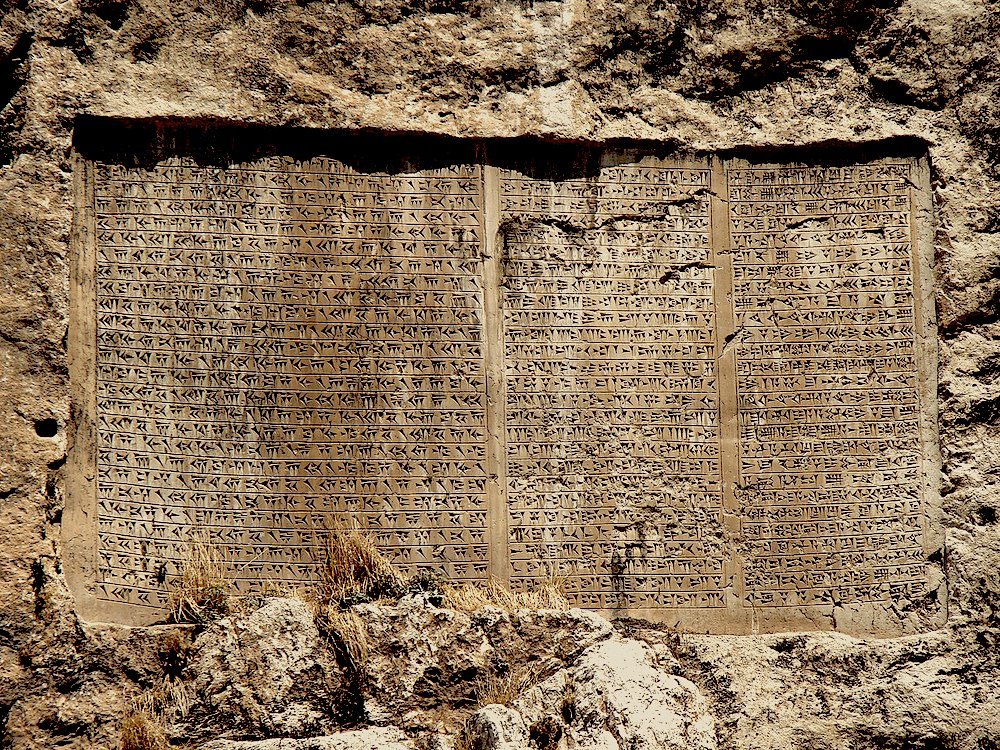A team from Martin Luther University Halle-Wittenberg, Johannes Gutenberg University Mainz, and Mainz University of Applied Sciences has unveiled an AI system capable of deciphering ancient cuneiform texts. This novel technology, leveraging 3D models, represents a significant advancement in understanding one of humanity’s earliest forms of writing.
Published in The Eurographics Association journal, the researchers’ study focused on a set of cuneiform tablets from the Frau Professor Hilprecht Collection. These tablets primarily originate from ancient Mesopotamia, a historical region in present-day Iraq. Often referred to as the cradle of civilization, this area is where some of the earliest human societies developed. These tablets, in particular, are inscribed with a series of symbols, signs, and wedges that form the languages of the region, such as Sumerian, Assyrian, and Akkadian.
Many are over 5,000 years old and offer a glimpse into ancient civilizations, covering a wide range of topics from everyday life to legal matters.
“Everything can be found on them: from shopping lists to court rulings,” said Hubert Mara, one of the study’s authors. “The tablets provide a glimpse into mankind’s past several millennia ago. However, they are heavily weathered and thus difficult to decipher even for trained eyes.”
The team turned to AI for help.
Using a novel AI process to decode ancient cuneiform tablets, they leveraged a sophisticated AI model based on the Region-based Convolutional Neural Network (R-CNN) architecture, a specialized system designed for object recognition. The study utilized a unique dataset consisting of 3D models of 1,977 cuneiform tablets, with detailed annotations of 21,000 cuneiform signs and 4,700 wedges.
The AI’s methodology entailed a two-part pipeline: initially, a sign detector, built on a RepPoints model with a ResNet18 backbone, identified cuneiform characters on the tablets. In simple terms, the RepPoints model combs through the ResNet18 collection of images connected to the Mesopotamian languages and then combines the patterns to ‘see’ the text. This step was crucial for locating the signs accurately. Subsequently, the wedge detector, using Point R-CNN with advanced features like Feature Pyramid Network (FPN) and RoI Align, classified and predicted the wedges’ positions, which forms the basis of the cuneiform script’s fundamental elements, allowing the AI, in effect, to ‘read.’
These tools take the 3D scans of the tablets and sift through the multitude of measurements of things like the impression depth made by the stylus into the clay or the distance between the symbols and wedges. This nuanced approach enabled the AI to overcome the challenges posed by traditional 2D photographs, such as inconsistent lighting and color distractions, thus providing a more accurate analysis of the ancient texts.
Traditional research on ancient texts uses optical character recognition software (OCR), which converts scanned images or 2D photographs of the writing into machine-readable text.
“OCR usually works with photographs or scans. This is no problem for ink on paper or parchment. In the case of cuneiform tablets, however, things are more difficult because the light and the viewing angle greatly influence how well certain characters can be identified,” said co-author Ernst Stötzner.
Ancient scrolls, parchment, and old books are easy- they are a 2D medium translated into another 2D medium. Cuneiform tablets, however, are 3D, and all that depth impacts interpretation.
To address this, the research team put their AI system through an extensive training regimen, utilizing three-dimensional scans and supplemental data. A substantial portion of this data was contributed by the Mainz University of Applied Sciences, which is currently leading a significant project focused on creating 3D models of these ancient clay tablets. This enabled the AI to achieve remarkable success in accurately identifying the symbols inscribed on the tablets.
This technology not only democratizes access to these ancient records but also opens up new avenues for research, allowing for broader analysis and interpretation of historical texts. Future enhancements could extend its application to other three-dimensional scripts, such as weathered inscriptions found in cemeteries.
MJ Banias is a journalist and podcaster who covers security and technology. He is the host of The Debrief Weekly Report and Cloak & Dagger | An OSINT Podcast. You can email MJ at mj@thedebrief.org or follow him on Twitter @mjbanias.

